The Palazzo Foundation, the new Third Sector entity established with the aim of restoring and enhancing Villa Pallavicino delle Peschiere, one of the city’s most beautiful noble residences, was presented today in Genoa . The foundation, established by insurance broker Lockton P.L. Ferrari, aims to transform the monumental complex into a cultural landmark of national and international significance through restoration, events, exhibitions and collaborations with contemporary artists.
The heart of the foundation’s mission is to protect the historical, artistic and architectural heritage of the villa, one of the most iconic places of Renaissance culture in Liguria. Over the centuries, Villa Pallavicino has fascinated artists and intellectuals: in 1622, Flemish painter Pieter Paul Rubens etched its image in the volume Palazzi di Genova, while in 1844, writer Charles Dickens stayed there, completing the writing of The Bells.
“The creation of the Palazzo Foundation represents a concrete act of giving back to the community a vital fragment of its historical and social identity,” says President Filippo Fabbri, “since Villa Pallavicino delle Peschiere, despite being one of the symbols of Genoa as well as one of the most beautiful Renaissance villas in Italy, has always been a little-known place and until now privately guarded. We want to take care of this cultural and architectural heritage, for ourselves and for new generations, by opening the gates to the public, creating virtuous initiatives of dialogue between citizens, academia and the public and private sectors, while creating synergies and new values. Palazzo Foundation intends to leverage culture as a driver of economic growth and as a resource for the entire community. This recovery and enhancement project will contribute not only to the preservation of the artistic heritage, but also to the revitalization of the territory and its opportunities. We will pursue it with the will and determination that characterize our group.”
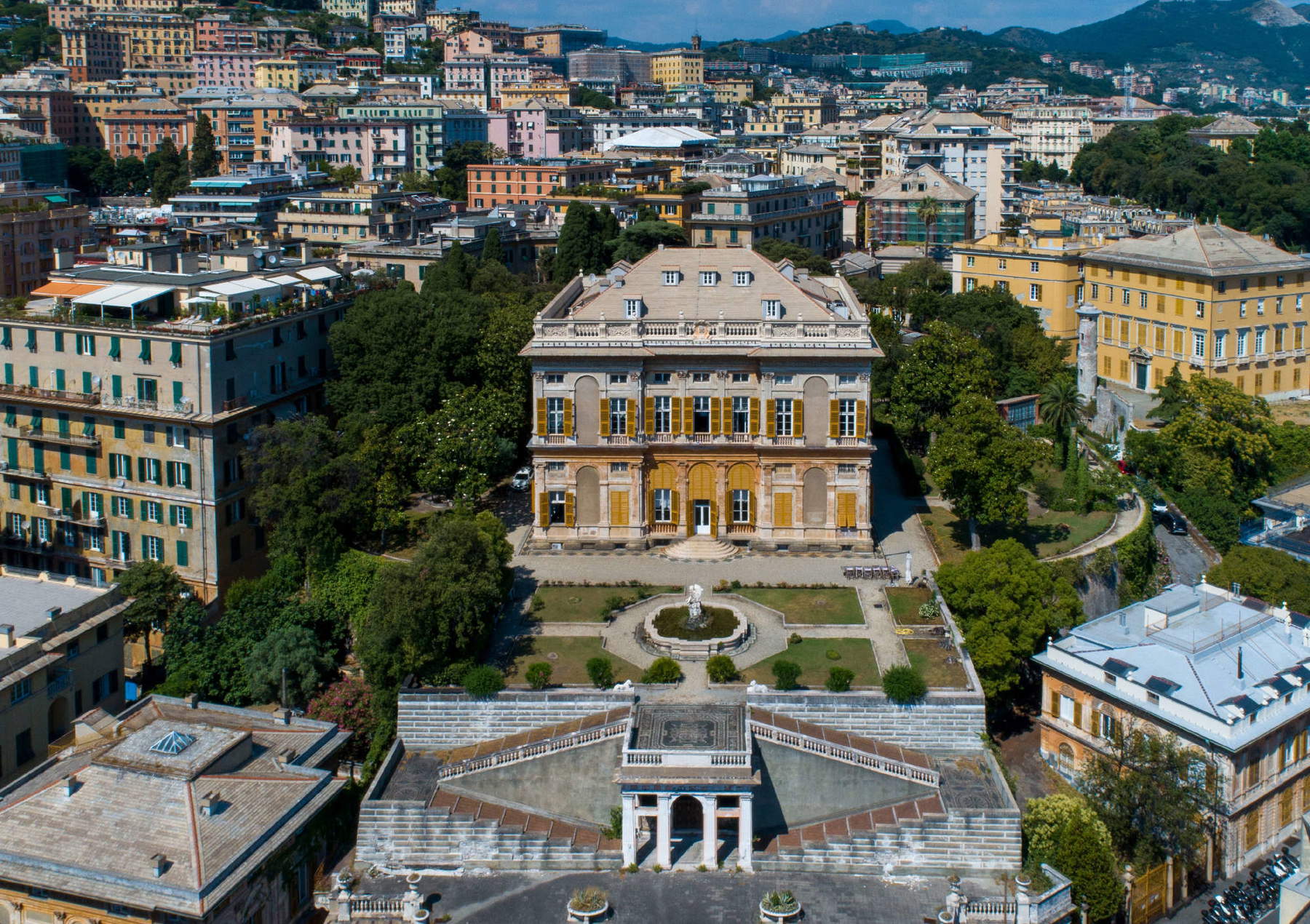
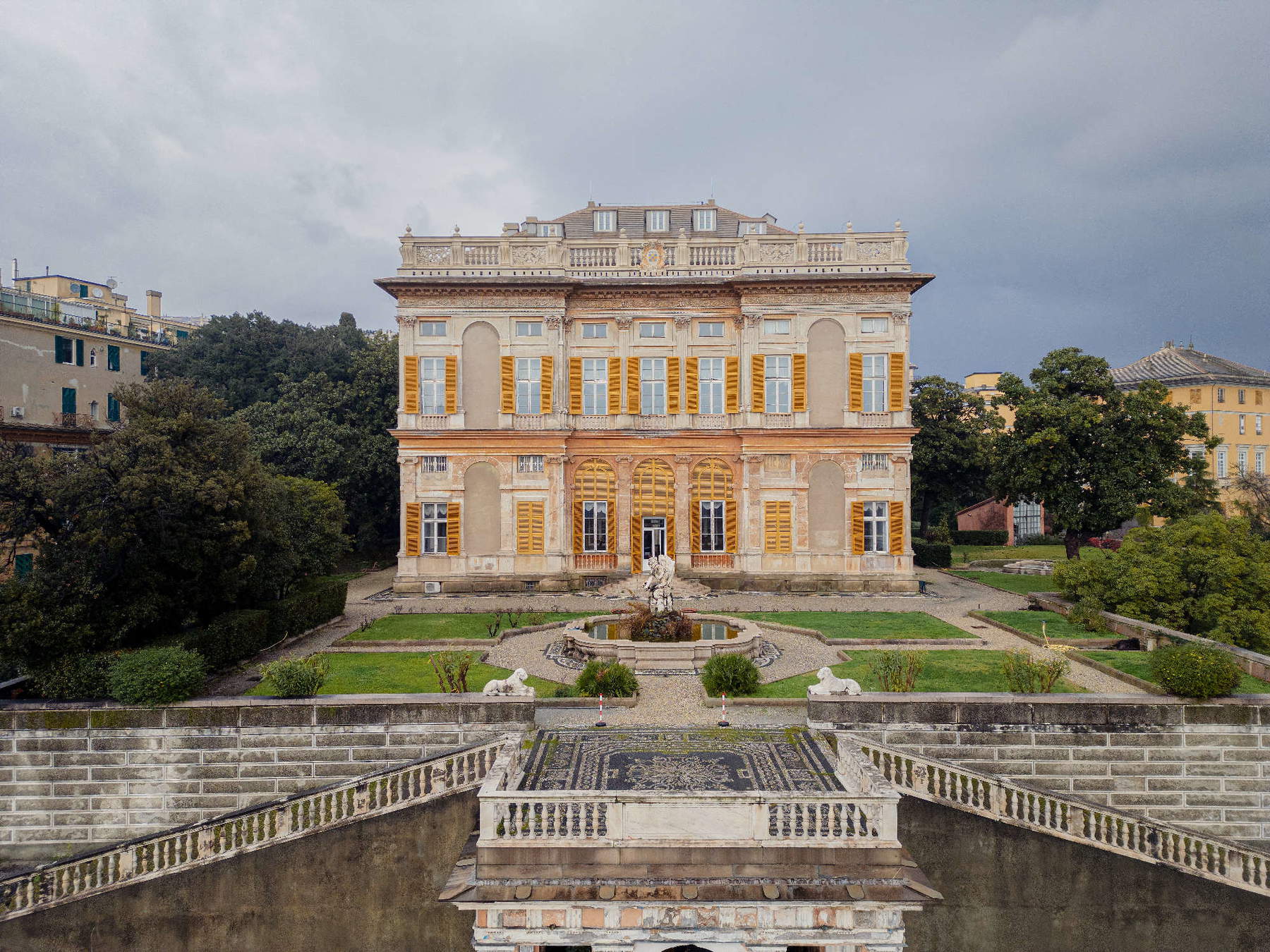
One of Palazzo Foundation’s main goals is the restoration of the Pallavicino Grotto, a 16th-century architectural gem known for its precious polymath decorations. The project, which will be carried out with the support of local institutions and private partners, is part of a broader plan to revitalize the villa, which also includes the organization of cultural events, exhibitions, and educational activities.
Starting in 2025, the foundation will launch a research and study program dedicated to the villa, involving international experts for the restoration and enhancement of the complex. In parallel, activities for the enhancement of the site will be organized, such as guided tours, conferences, and collaborations with academic institutions, including the University of Genoa, with undergraduate and postgraduate training activities (such as the University of Genoa’s d:cult training path), workshops, social benefit and solidarity initiatives in the cultural sphere. Relationships, particularly with universities, are not only a tool for research and heritage enhancement, but also a concrete opportunity for the placement of young professionals in the humanities. This is true both for the talents of the Genoese territory and for the attraction of young minds at the international level, who can find in Villa Pallavicino delle Peschiere a context of excellence for their professional growth.
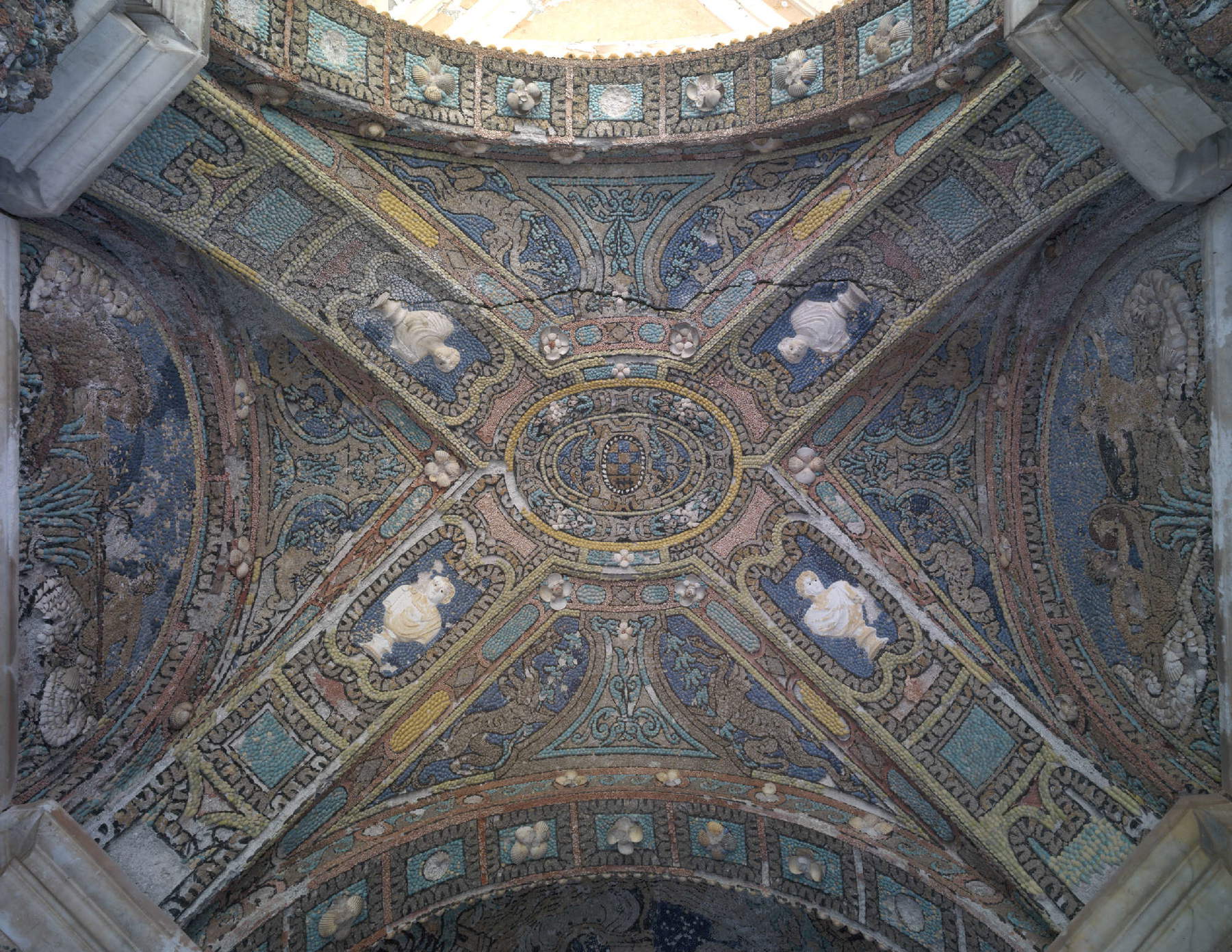
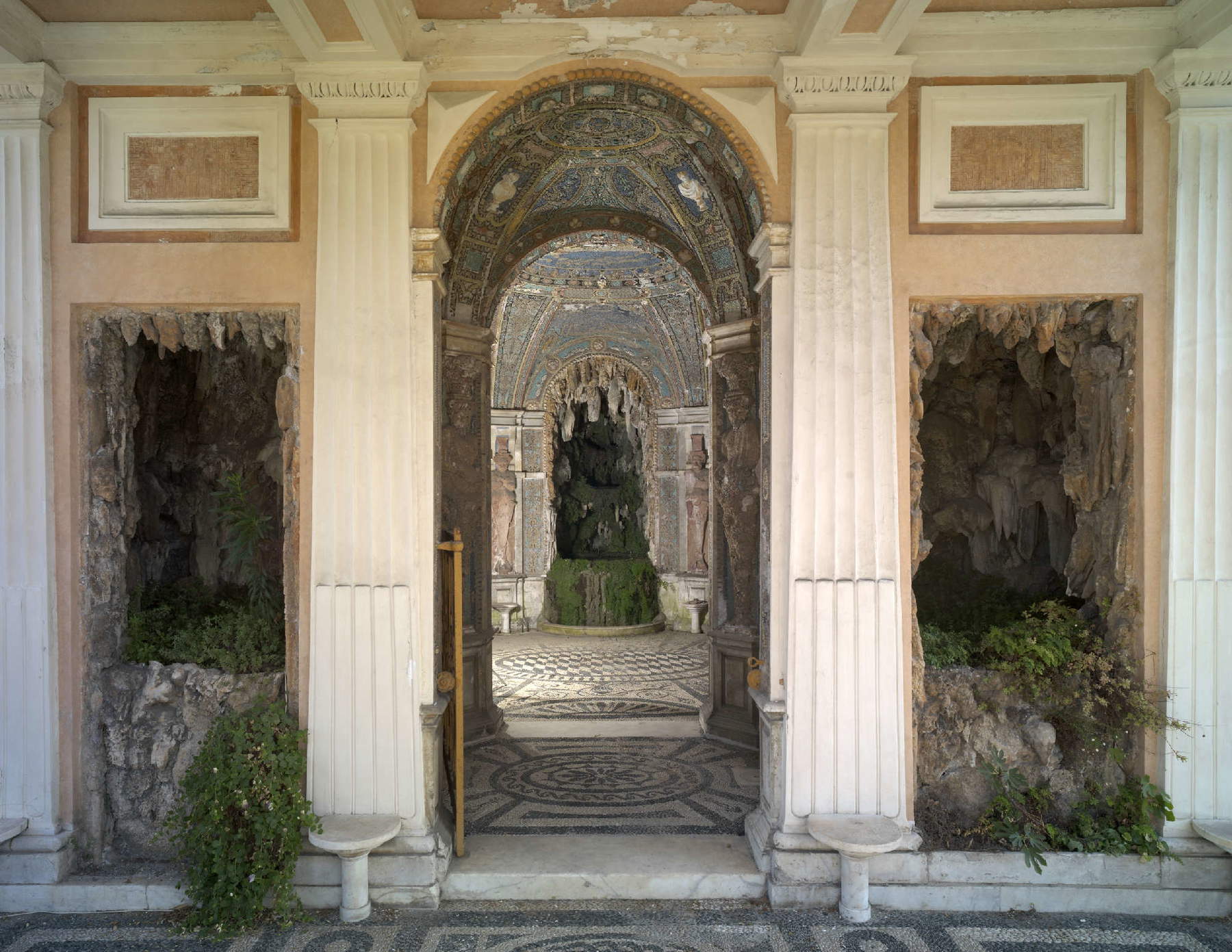
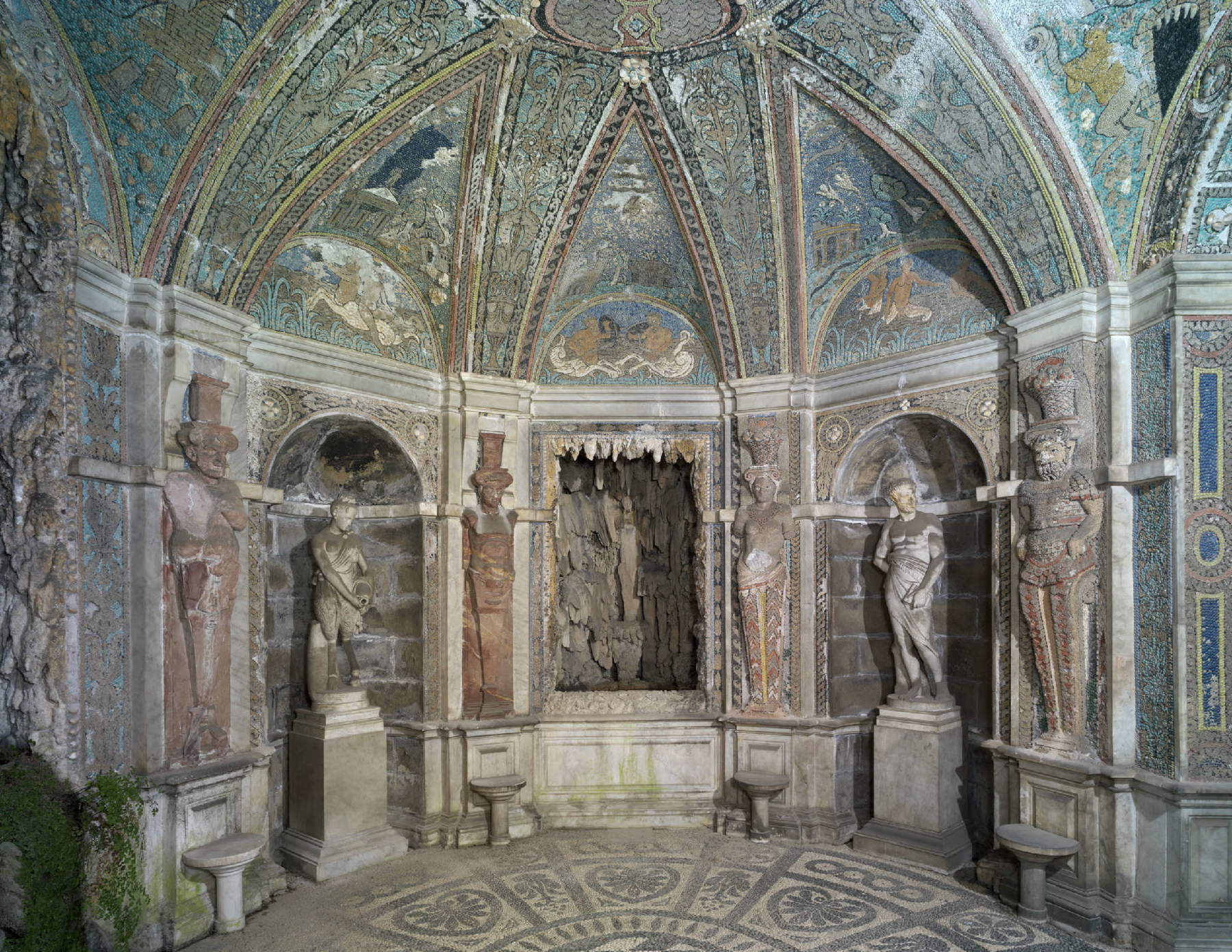
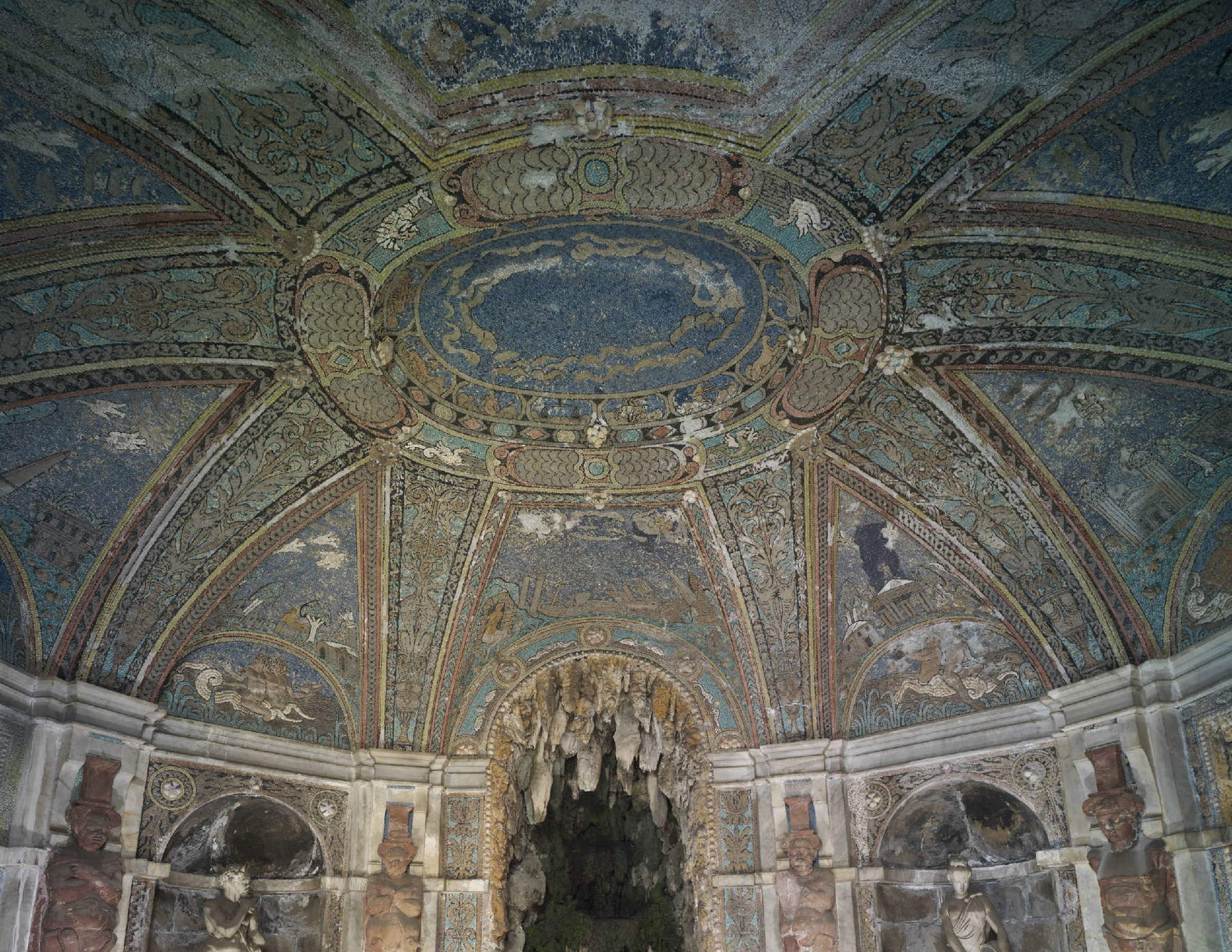
Another key aspect of the Palazzo Foundation’s mission is its dialogue with contemporary art. The entity intends to open the park and historic rooms of the villa to installations, performances, and temporary exhibitions, involving artists, galleries, and museums.
To inaugurate this path, the foundation has partnered with Pinksummer Contemporary Art, a leading gallery in the Italian art scene. Thanks to this partnership, three works by Tomás Saraceno, an internationally known artist, have been installed in the villa’s park. These include a sculpture never before exhibited in Italy, from the Web(s) of Life exhibition at the Serpentine Gallery in London. The works, which focus on the relationship between man and nature, fit perfectly with the philosophy of sustainability that inspires the foundation’s project. During 2025, Villa Pallavicino will also host the first solo exhibition in Italy of James Hawke, a British painter famous for his canvases inspired by Mediterranean villas.
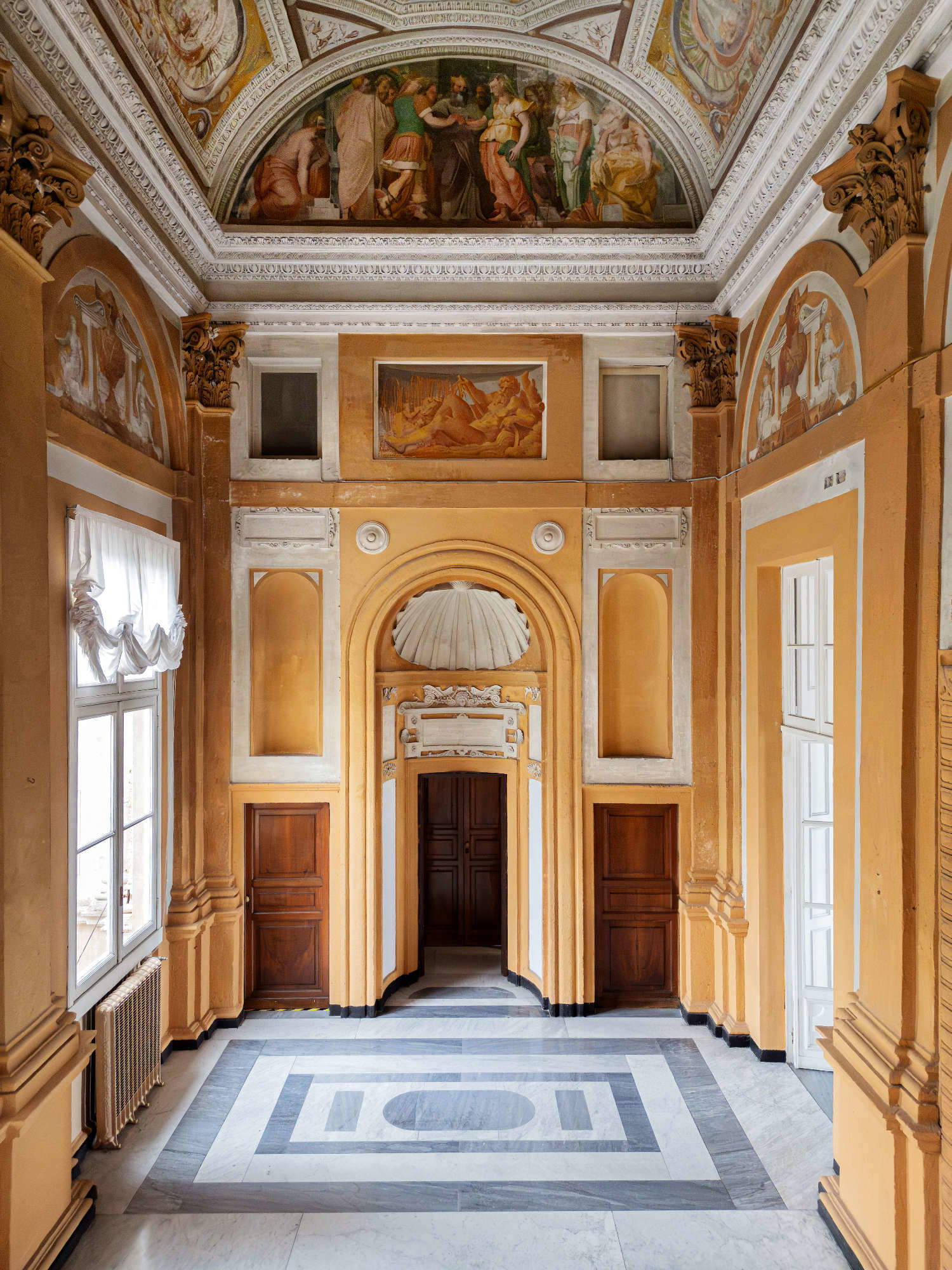
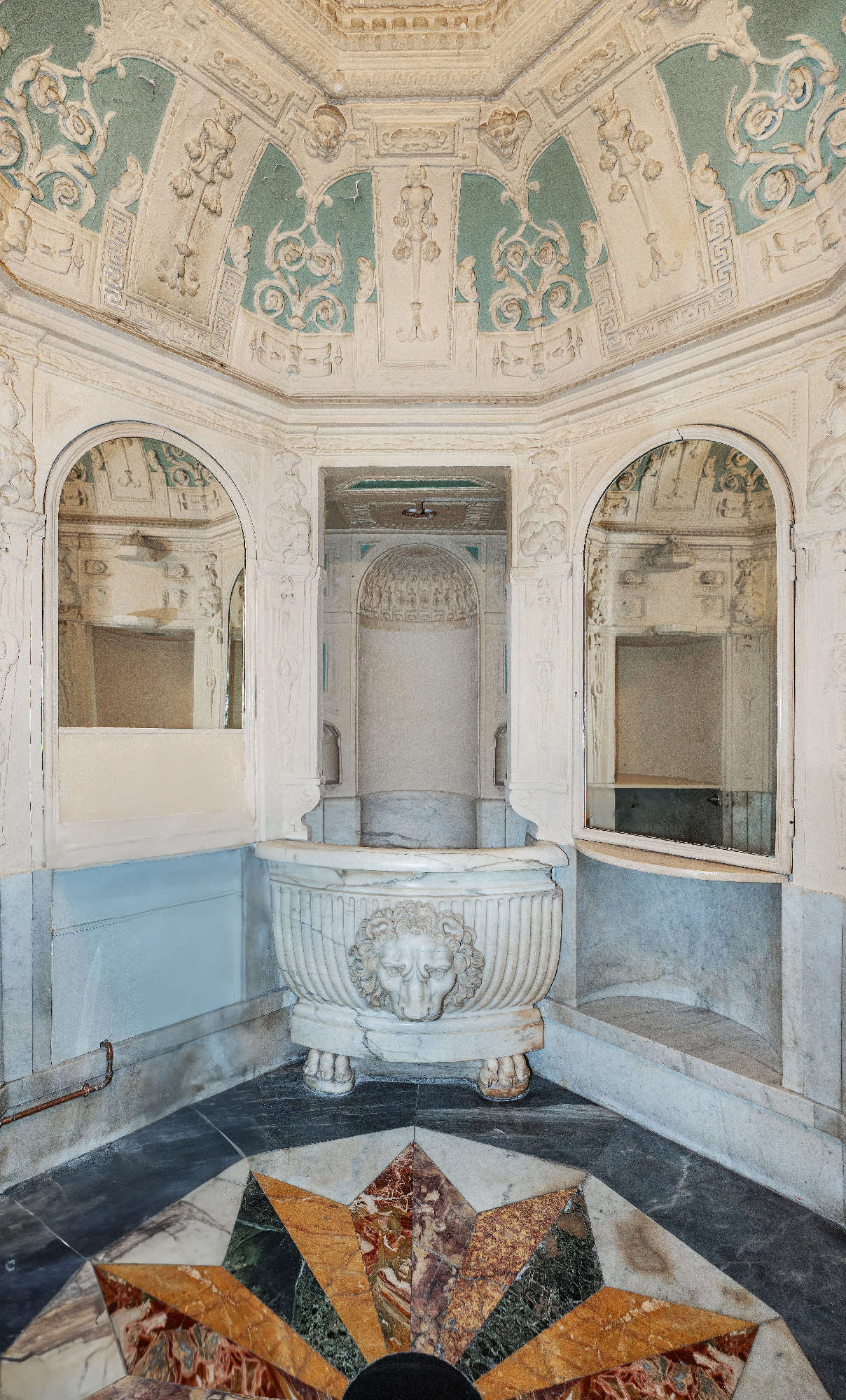
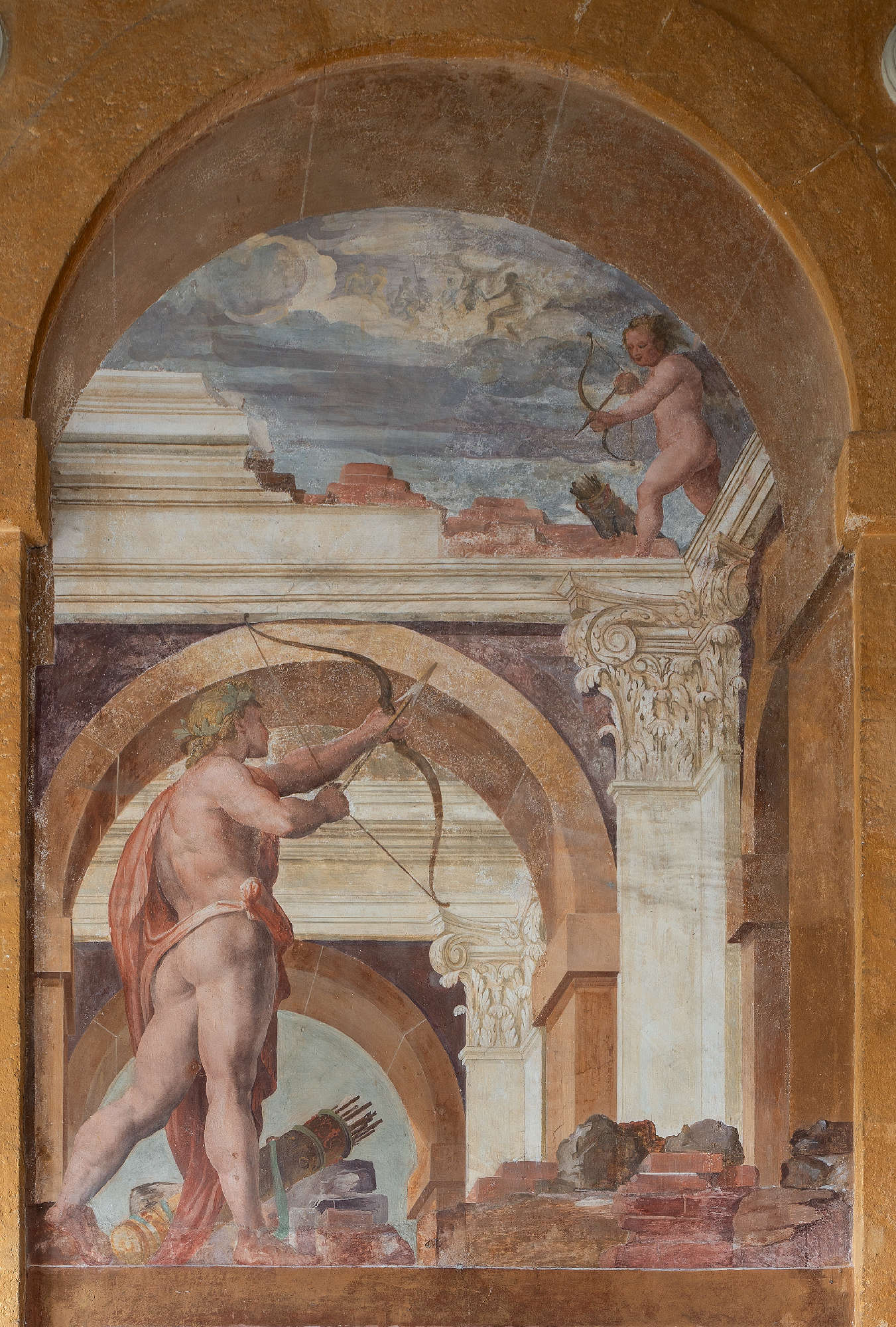
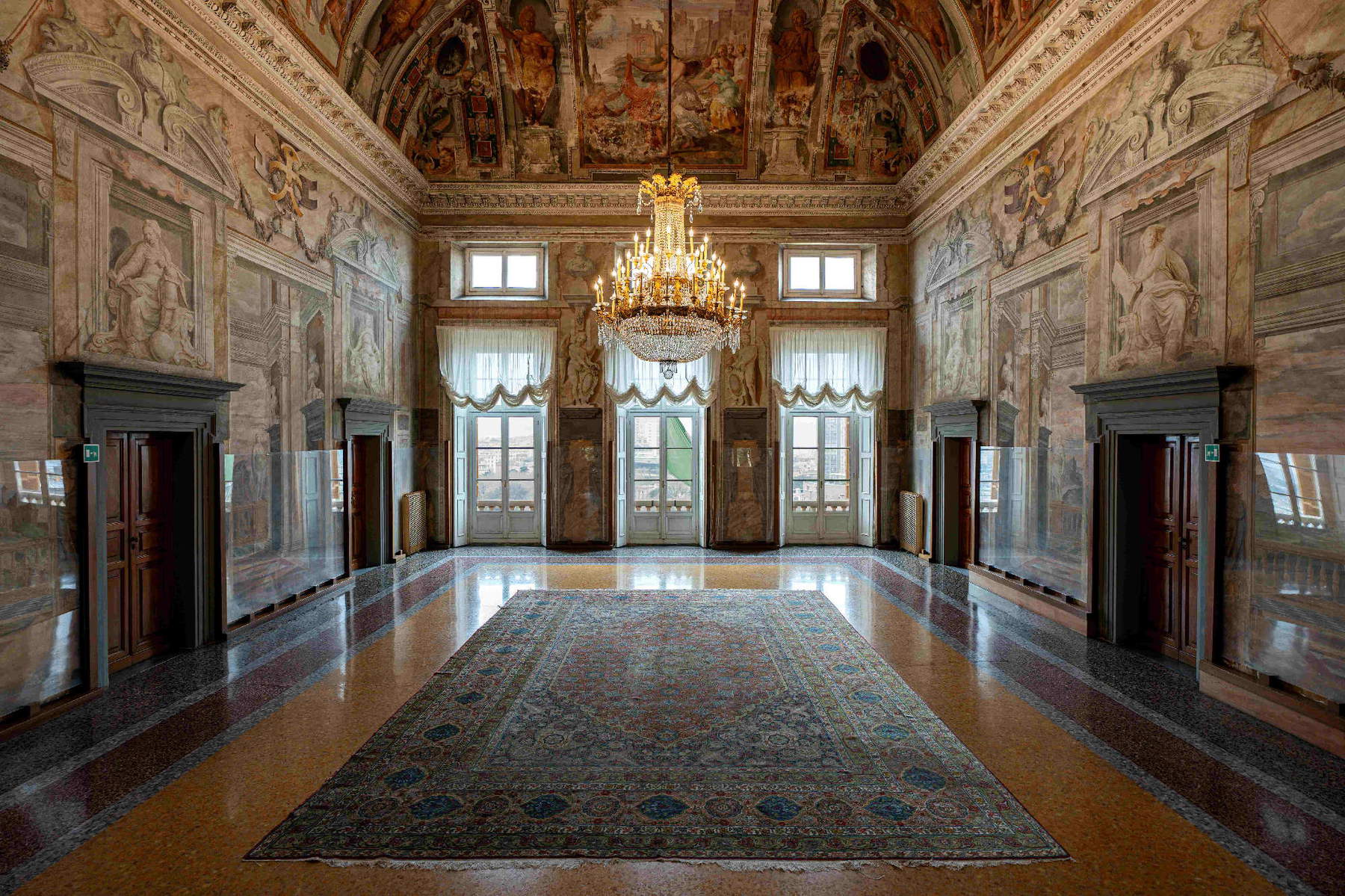
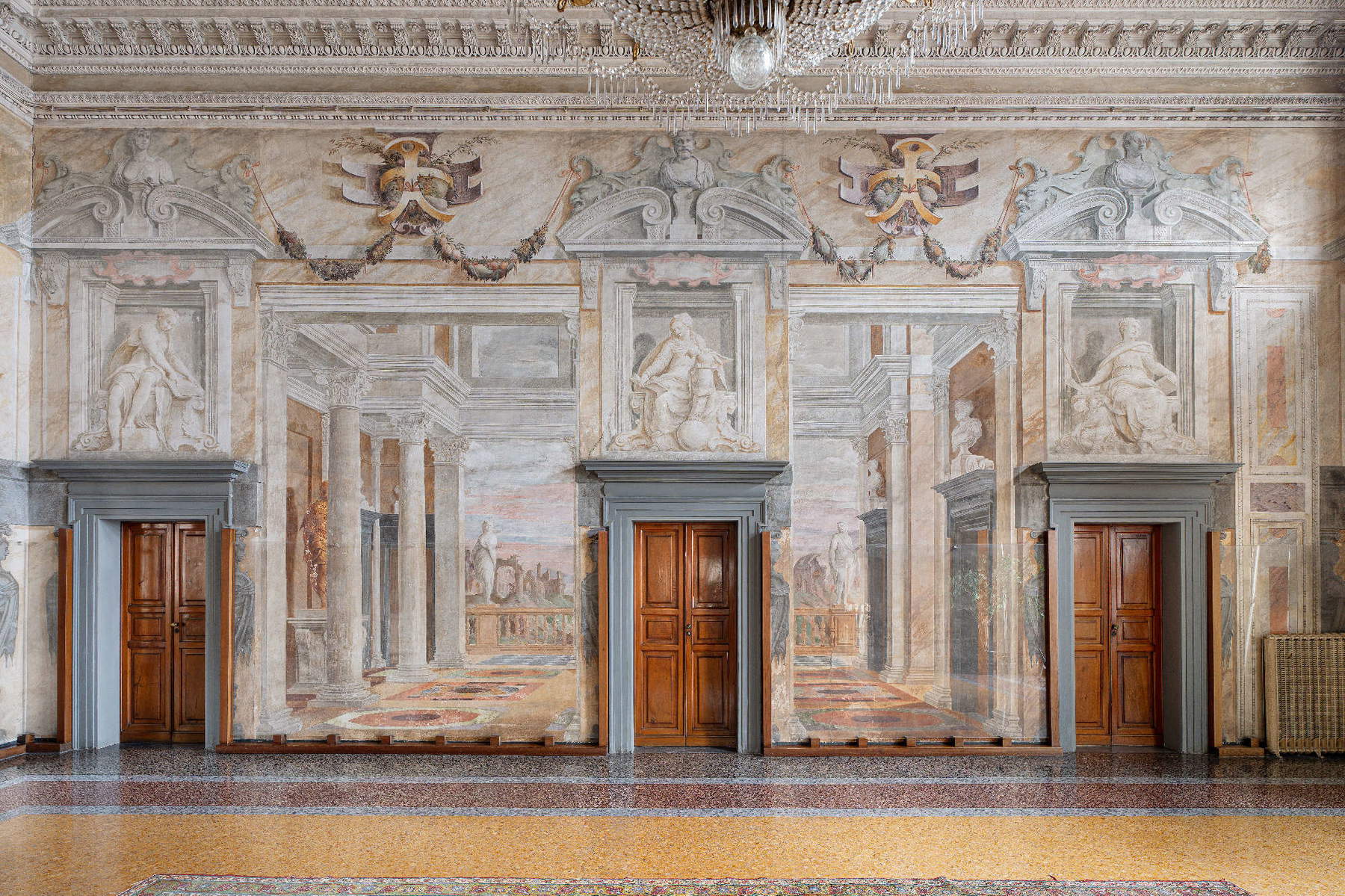
Palazzo Foundation will not limit itself to the protection of historical heritage, but will also engage in the promotion of cultural events and activities aimed at a wide and diverse audience. The calendar will include exhibitions, concerts, seminars, conferences and training courses, with a focus on involving young talent and creating professional opportunities in the cultural sector. There are also great expectations for the Opera Lirica in Villa performance series, which will kick off on April 11 with Madama Butterfly. The inaugural event, sponsored by RAI Liguria, will be free admission subject to availability.
All information on how to participate in the events and guided tours is available at www.palazzo-foundation.org.
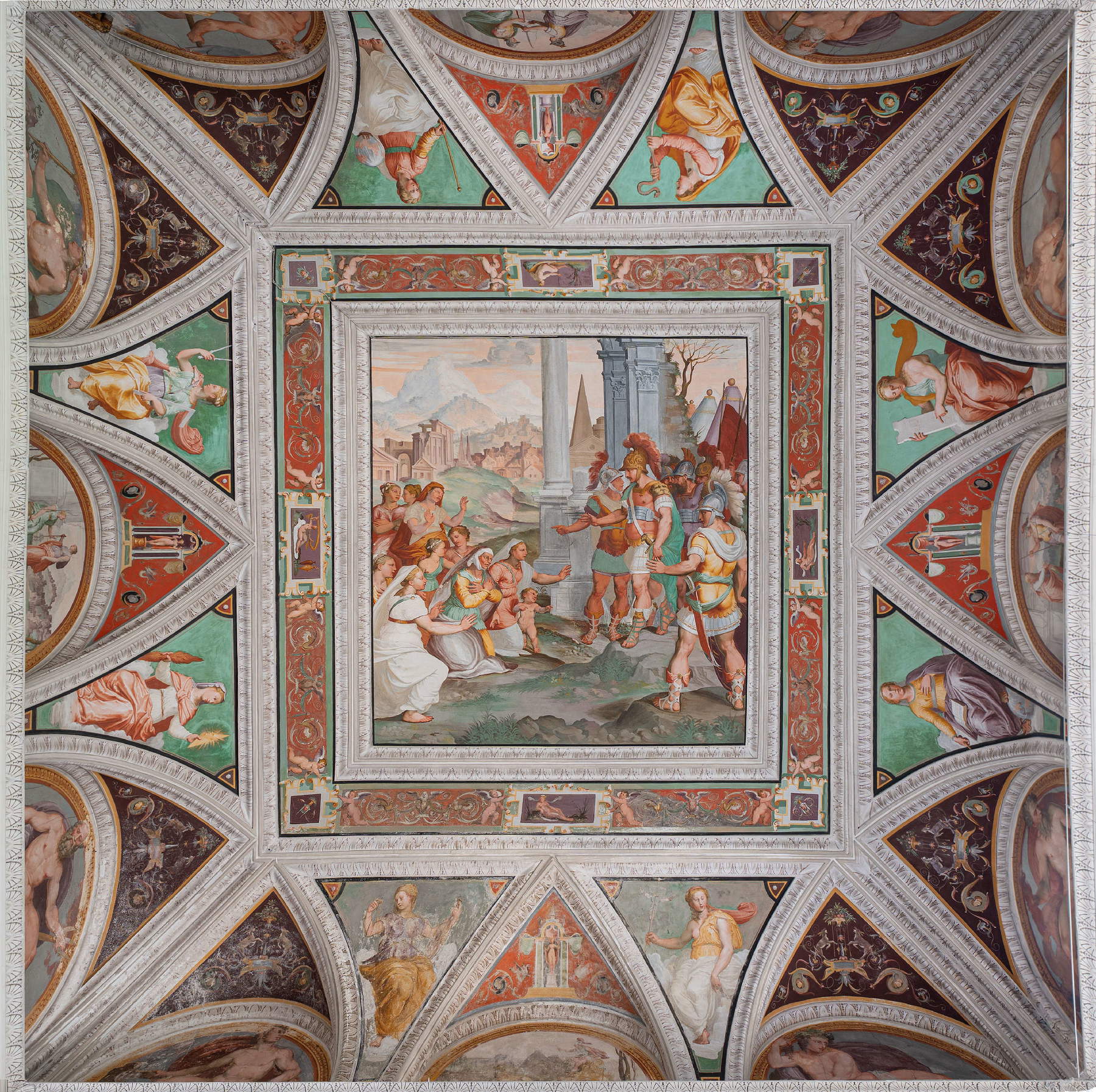
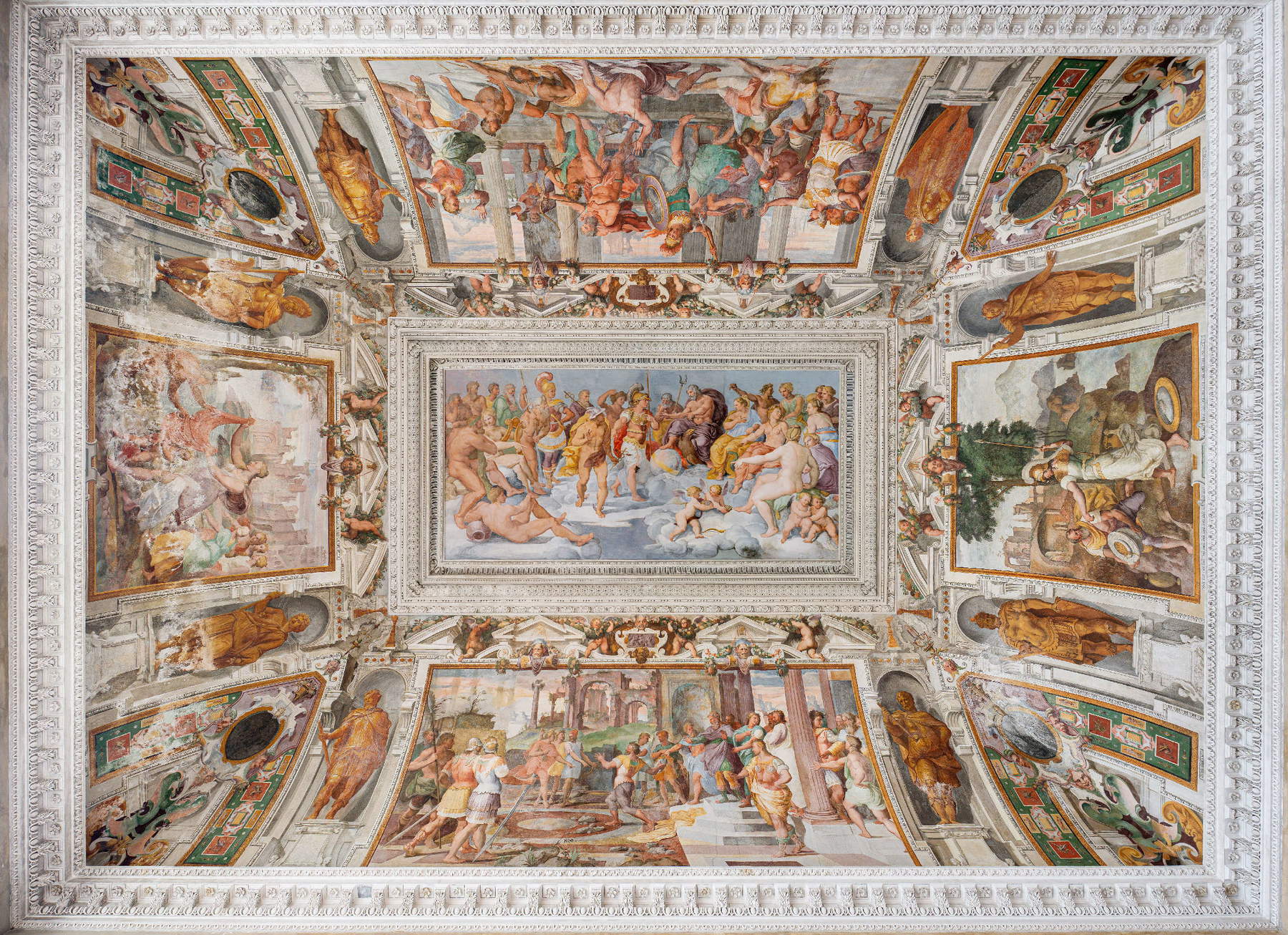
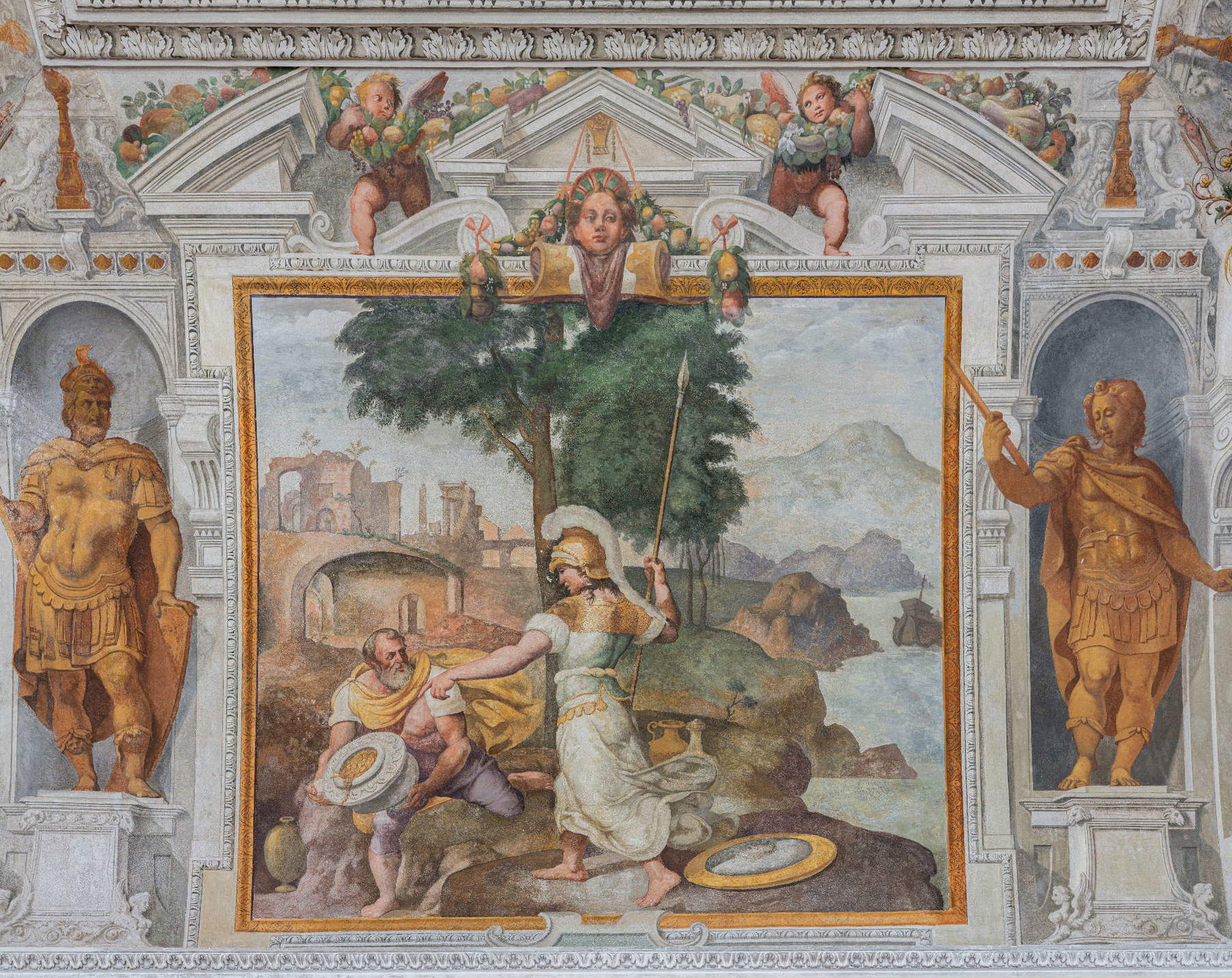
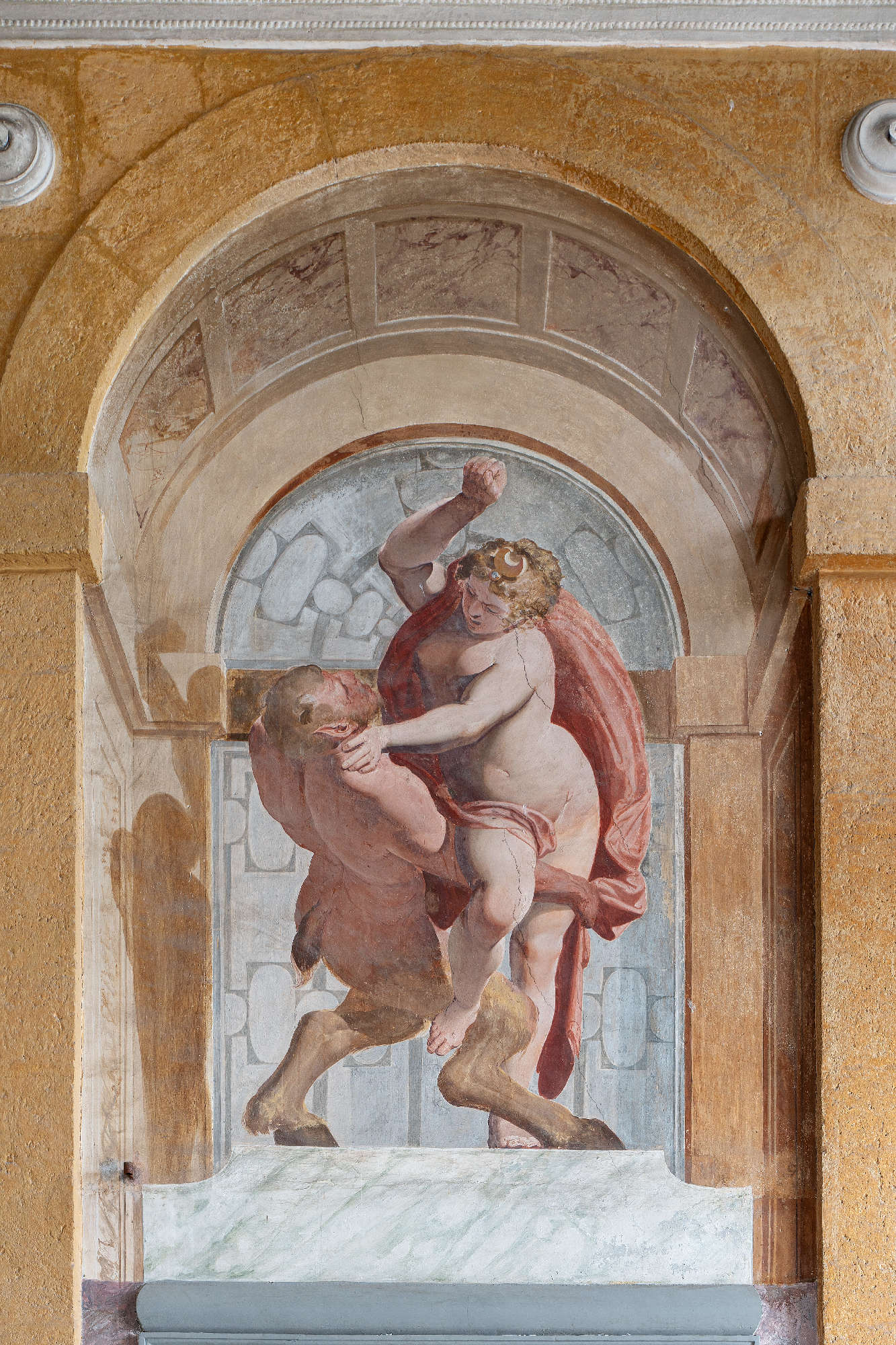
“One of the most charming and delightful sights in the world.” Thus, in the words of Charles Dickens, is defined the view enjoyed by the writer from his elegant lodgings at Villa delle Peschiere, rented in 1844 and much loved by him, so much so that it inspired the title and completion of the famous novel The Bells. Built on the top of a hill, Villa Pallavicino delle Peschiere is one of the most important artistic and architectural testimonies of the Renaissance period in Genoa, which still tells the story of the wealth and refinement achieved by the city’s aristocracy during the so-called Siglo de los Genoveses, that is, a period of great prosperity that matured mainly in the 16th century.
The Villa, commissioned around the middle of the 16th century, was born as the extra-urban pleasure residence of Tobia Pallavicino, one of the richest men of his time because of his monopoly on the extraction of alum from the Tolfa mines. The building was constructed according to the most up-to-date canons of Renaissance architecture, inspired by Roman villas, in this case Baldassarre Peruzzi’s La Farnesina, and with numerous references to the canons of Vitruvius and the precepts of Sebastiano Serlio. Although it is still debated, some sources attribute the authorship of the project to the great architect Galeazzo Alessi, who was working in Genoa in those very years and who certainly influenced the style of the palace, while others attribute it to Giovanni Battista Castello known as the Bergamasco, a painter, architect and plasterer who was certainly active throughout the monumental Peschiere construction site.
The interiors and frescoes Internally, the Villa preserves in every room the original 16th-century decoration, painted in fresco by Bergamasco and his workshop, with valuable intervention also by Luca Cambiaso. The subjects depicted tell episodes from ancient mythology, aimed at celebrating the virtues of the master of the house and conveying to guests the image of power and refinement cultivated by the Pallavicino family. Outside frames the mansion a large garden, which retains much of its original extent, once adorned with paths, fountains, sculptures, hedges, and even some peach orchards, which inspired the Villa’s name.
Among the paintings in the vaults, the Stories of Ulysses in the Hall of Honor, the Tales of the Perseus Myth in the Gallery on the main floor, the Fall of Phaeton in the Levant Loggia, and Diana wrestling with the satyr in the Ponente Loggia, the only work in the Villa by the well-known painter Luca Cambiaso, stand out for their high quality. Historical figures who have visited it Over time, numerous illustrious figures have testified to their admiration for the Peschiere, including the famous Flemish artist Pieter Paul Rubens, who was thunderstruck by the splendor of the Genoese buildings and chose to devote an entire volume to them: published in Antwerp in 1622, Palaces of Genoa is still an important study tool for fully understanding the magnificence of Genoa between the sixteenth and seventeenth centuries, of which Villa delle Peschiere is among the most courtly examples. New life for the nymphaeum: the Pallavicino Grotto Inserted in the heart of the park, the Pallavicino Grotto represents the flagship of the entire monumental complex. A unique example in the world, this place has been exceptionally saved from the destruction and dispersion that over time caused the disappearance of most of the artificial garden caves for which Genoa was famous throughout Europe in the 16th century. The nymphaeum of Villa delle Peschiere appears to be one of the most surprising even at the time of its creation: water still flows within the original hydraulic system, filling five marble basins positioned on either side of the grotto and promoting the regeneration of the vegetation that inhabits these spaces. Each surface is richly decorated with shells, red and white corals, marble, real stalactites, refined majolica drops in vivid tones, quartz crystals, slate, colored mortars and stucco. Today, Villa Pallavicino delle Peschiere opens its doors to a new season of recovery and enhancement of its historical and artistic heritage, with the aim of promoting the beauty of which it is the custodian, renewing its ancient spaces and giving back to the area on which it stands a must-see place of art and culture.
 |
| In Genoa, one of the most beautiful noble villas becomes a new hub for art and culture |
Warning: the translation into English of the original Italian article was created using automatic tools. We undertake to review all articles, but we do not guarantee the total absence of inaccuracies in the translation due to the program. You can find the original by clicking on the ITA button. If you find any mistake,please contact us.